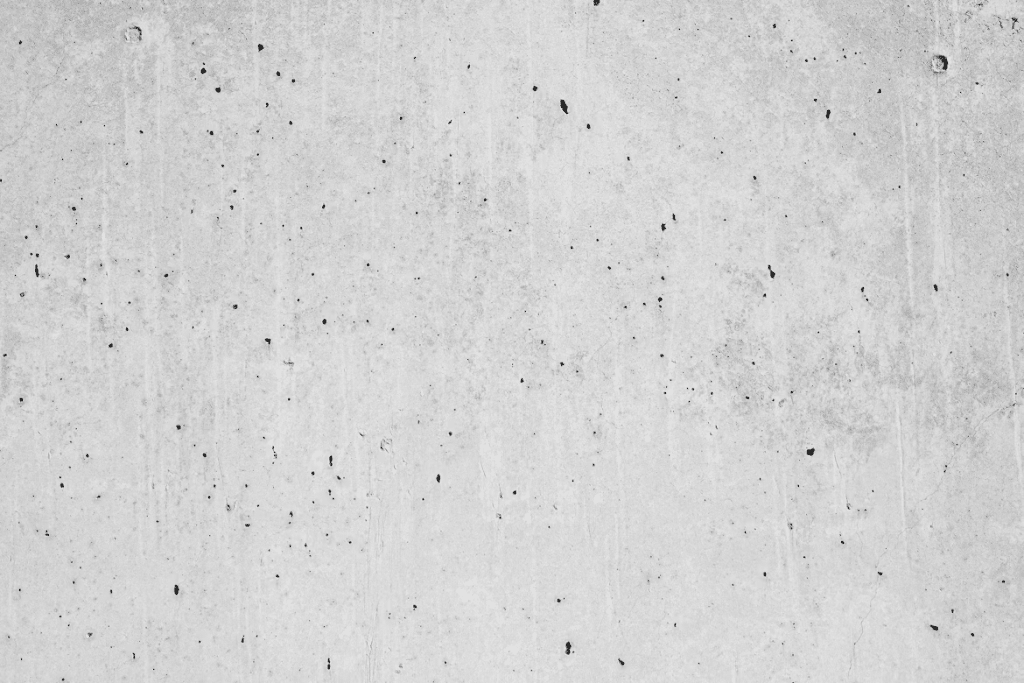Concrete is one of the strongest and longest-lasting materials used in home construction. But there’s a misconception that it’s indestructible and will hold up regardless of how it’s installed. That’s wrong. Concrete that’s mixed properly, reinforced correctly, and cured under the right conditions can last decades. Concrete that’s rushed, installed over unstable soil, or exposed to harsh weather during curing may start to crack within just a few years.
The lifespan of concrete isn’t determined by chance. It’s determined by how seriously the installation was handled.
What a Proper Lifespan Looks Like
If everything is done right, here’s what you should realistically expect from different types of concrete surfaces:
A driveway should hold strong for 25 to 40 years, patios can last anywhere from 30 to 50 years, walkways and steps usually last around 30 to 40 years, and foundation slabs are designed to last 50 to 100 years. Those ranges aren’t guesses. They’re based on how the material performs when it’s reinforced, supported, and maintained correctly. The problem is most driveways and patios never reach those numbers simply because shortcuts were taken before the concrete even touched the ground.
If you’re planning a driveway, patio, or foundation and want it installed with longevity in mind, reach out to Royal Concrete, a premier Columbus, Ohio area concrete contractor.
Where Concrete Goes Wrong
Concrete rarely fails because it’s “too old.” It fails because of decisions made on installation day. One common mistake is pouring concrete onto poorly compacted soil, which causes settling and cracks as the ground shifts. Another is using a weak mix or adding too much water to make finishing easier, which dilutes strength. Many issues also come from ignoring temperature and weather. Concrete poured on extremely hot or cold days cures improperly and never develops full strength. Without reinforcement such as rebar or wire mesh, the slab has nothing to hold it together when stress occurs. Every corner cut during installation becomes a weak point waiting to fail.
The Foundation of Long-Lasting Concrete
When the prep work is done correctly, concrete behaves the way it’s supposed to. First, the soil is compacted and leveled to remove air pockets and prevent future sinking. A gravel base is then added so that water drains away instead of sitting under the slab. Forms are set to control the shape and thickness, and reinforcement is installed to help the slab resist pressure and natural expansion. Only then should the correct PSI mix be poured, leveled, and cured slowly. Each of these steps is intentional. Each of them improves lifespan. Skip one, and lifespan drops dramatically.
Why Climate Still Matters
Even perfectly installed concrete responds to its environment. Freeze-thaw cycles can expand moisture trapped beneath the slab. Direct sunlight causes surface dehydration and hairline cracking. Heavy rain during curing can leave permanent marks and weaken the finish. That’s why sealing is important. Sealant acts like a protective layer that blocks moisture, sun, and stains. Homeowners who never seal their concrete usually see discoloration and surface breakdown far earlier than they should.
Maintenance That Pays Off
Concrete doesn’t require high maintenance, but it does require consistency. A pressure wash once a year prevents grit and oils from settling into pores. Resealing every few years protects against moisture and UV damage. Avoiding harsh de-icing salts during winter protects the surface integrity. And if a crack appears—no matter how minor—it’s best to repair it before water enters and expands the problem. A small repair today usually prevents major restoration tomorrow.
The Real Message
Concrete doesn’t fail because time passed. It fails because something was done wrong, or nothing was done after installation. The lifespan of a slab is determined long before it dries. Good preparation, correct mix ratios, reinforcement, weather awareness, consistent curing, and basic maintenance are what allow concrete to reach its full potential.
If you want concrete that lasts decades instead of years, it starts with the contractor you choose. A well-installed slab doesn’t need constant attention—it just needs to be installed correctly from day one.

